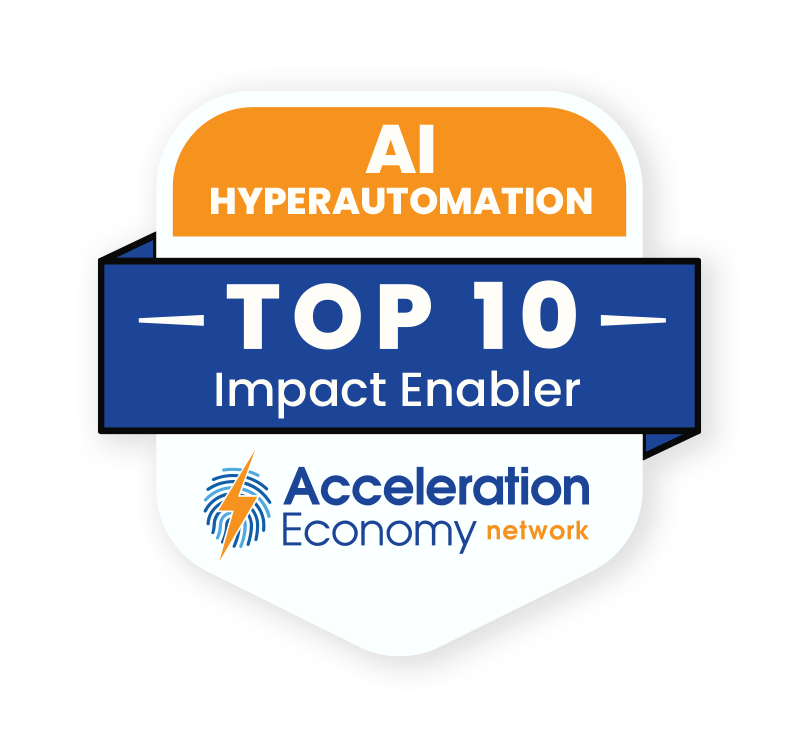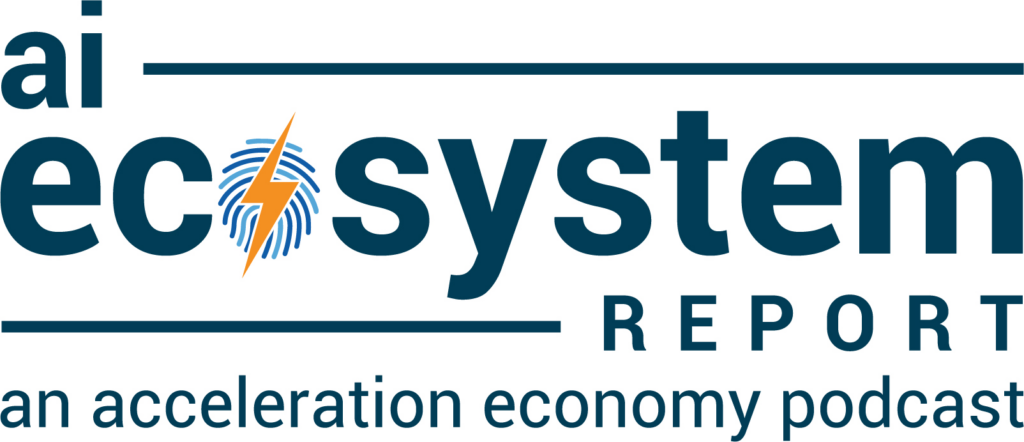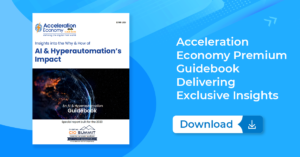In the modern digital age, businesses are adopting hyperautomation to become more efficient, productive, and innovative. However, hyperautomation is only as good as the data it uses to make decisions.
For example, consider that your organization uses a chatbot system to provide product information to customers. Due to inaccurate information, the chatbot makes poorly targeted recommendations to customers, resulting in customer frustration and a negative experience. This example demonstrates that hyperautomation is mostly data-driven, not process driven.
As an automation architect, I am responsible for incorporating new technologies and ensuring that all automated procedures use reliable information. The success and efficiency of automation projects depend heavily on the quality of the data.
In hyperautomation settings, it is necessary to combine a wide variety of information types, formats, and systems. Information can come from a variety of places, including different teams, internal databases, third-party services, and even the cloud. Automation teams have the difficult challenge of navigating this complex data ecosystem to guarantee timely, accurate, and high-quality data delivery.
The extent to which automated systems work reliably is heavily dependent on the accuracy, completeness, consistency, and timeliness of the data used in them. The worth and reliability of an automation system might be compromised when poor data quality causes it to malfunction or produce inaccurate results – or both.
For instance, if a client’s name or contact information is misspelled in your database, you may end up communicating with the wrong customer and lose touch with the one you intended to contact.

Which companies are the most important vendors in AI and hyperautomation? Check out the Acceleration Economy AI/Hyperautomation Top 10 Shortlist.
5 Best Practices to Enhance Data Quality for Hyperautomation
Organizations can rely on several fundamental practices to enhance the integrity of the data, including:
- Understanding the data landscape: From the start, it’s important to have a firm grasp of the company’s current data landscape. Determine where the data came from, what form it’s in, and what it relied on. Learn to foresee and solve potential quality problems in automated procedures. Work together with data owners, subject matter experts, and data governance teams to define the scope, format, and quality of the data that you will need.
- Define data quality metrics: Determine data quality indicators that support organizational goals by consulting with key stakeholders. Accuracy, completeness, consistency, and timeliness are some examples of these measurements. Set quantifiable targets for each measure to monitor and assess data quality throughout the automation lifecycle.
- Implement data validation mechanisms: Build reliable and secure data validation techniques to check that information is correct and complete. Data checks, such as type validation, format validation, range validation, and referential integrity validation, can be performed automatically with the help of the right tools and methods. It’s important to implement automated validation processes that run at pivotal points in the automation cycle to detect data quality issues early.
- Integrate data quality checks in workflows: Incorporate checks for data quality into automated processes. Define checkpoints and validation methods to ensure the quality of data being sent and received. Data abnormalities and inconsistencies can be discovered through profiling and analysis. Put procedures in place for managing exceptions to deal with data quality problems at runtime and prevent wrong or incomplete data from spreading throughout the automation process.
- Enable continuous improvement: In the context of hyperautomation, encourage a mindset that is always looking for ways to improve the quality of data being collected. Get input from those who will be using the automation and the people who will be doing the work. Use data analytics and machine learning to spot patterns and trends that could affect your data quality so you can fix them before they become a problem. Always adapt data quality procedures to new information and changing company requirements.
From my perspective as an automation architect, using methods such as these can create highly effective automation results with high-quality data, allowing your business to reap the benefits of hyperautomation while encouraging people to add the most value.

“The hyperautomation outcome should be to free up time for people to focus on more meaningful tasks, ideation, innovation, and more,” says Aaron Back, Acceleration Economy founding anlayst and chief content officer.
Final Thoughts
Many businesses fail to maximize the value of automation because they prioritize tools and technology over data quality in their automation lifecycle. Prioritizing data quality in a hyperautomation environment empowers organizations to unlock the full potential of automation, drive innovation, and achieve their digital transformation goals.
Data quality serves as the backbone of reliable and successful automation processes. By implementing data validation mechanisms, integrating data quality checks, and understanding the data landscape of your organization, you can mitigate risks, prevent errors, and enable data-driven decision-making.
With continuous monitoring and improvement, you can pave the way for seamless and efficient automation, revolutionizing the way businesses operate in the modern era.








